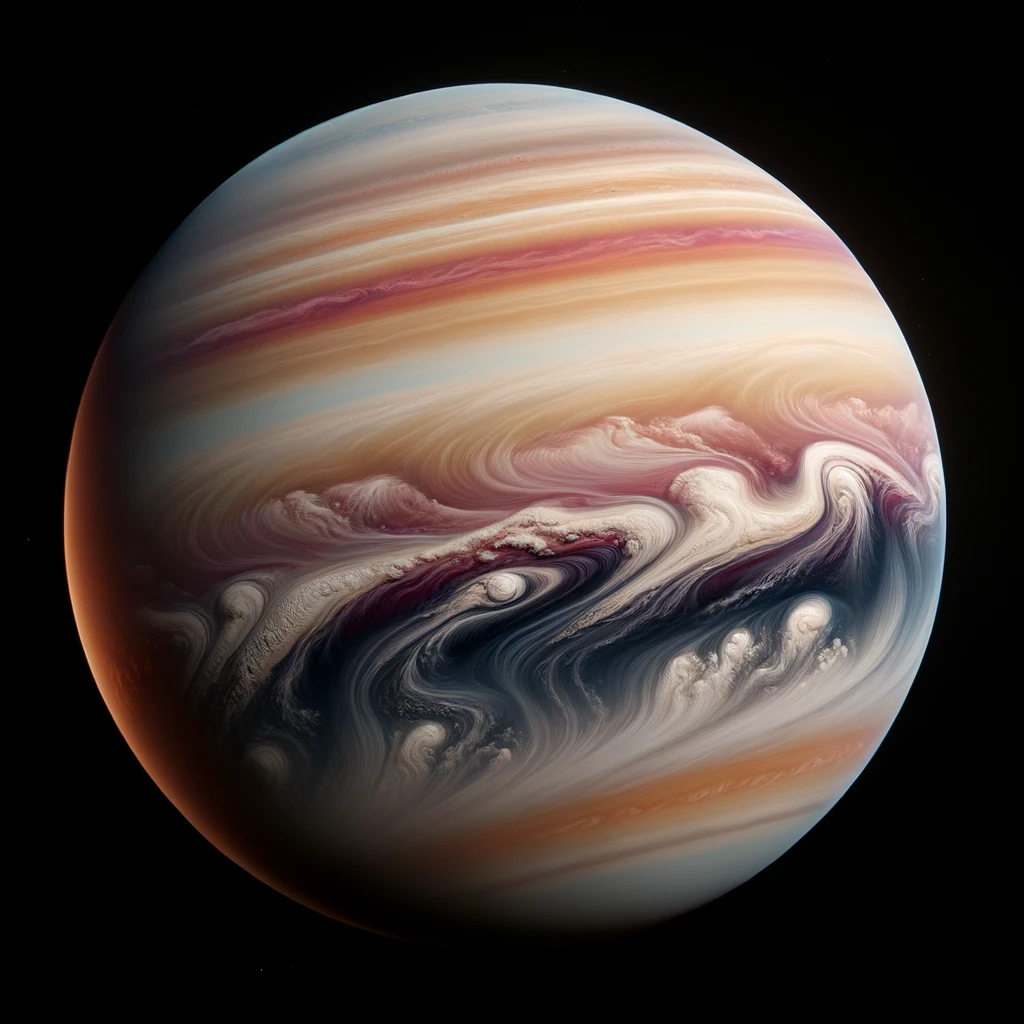Gas Giants: The Gargantuan Planets of the Cosmos
Gas giants, colossal planets composed primarily of hydrogen and helium, are among the most massive and intriguing bodies in the universe. Characterized by their enormous sizes and thick atmospheric layers, these planets reveal fascinating insights into planetary formation and dynamics.
Characteristics of Gas Giants
- Composition: Predominantly hydrogen and helium, potentially with heavy-element cores.
- Atmospheres: Deep, multi-layered atmospheres with dynamic weather systems.
- Size: Significantly larger than terrestrial planets, with diameters many times that of Earth.
Gas Giants Across the Galaxy
- Examples in Our Solar System: Jupiter and Saturn serve as prime examples, offering a template for understanding similar planets orbiting distant stars.
- Exoplanetary Studies: Observations of gas giants around other stars enhance our understanding of the variety and development of planetary systems.
Role in Planetary Formation
- Formation Process: Gas giants likely form in the colder outer regions of protoplanetary disks, accumulating massive gaseous envelopes.
- System Influence: Their substantial mass and gravity can shape the layout and dynamics of their planetary systems.
